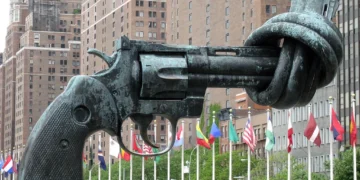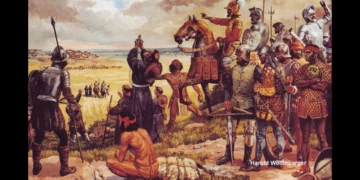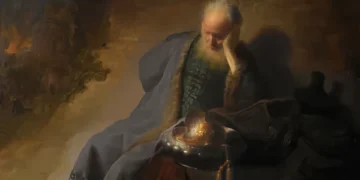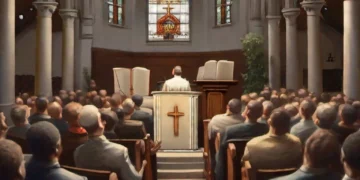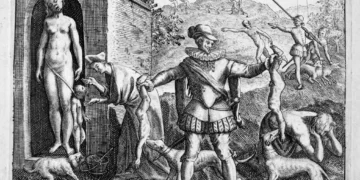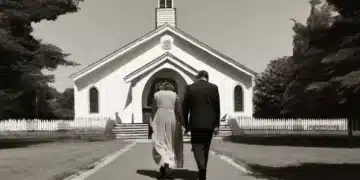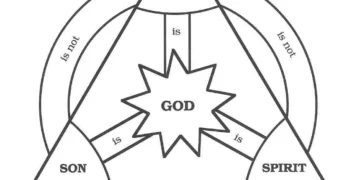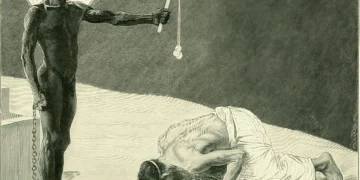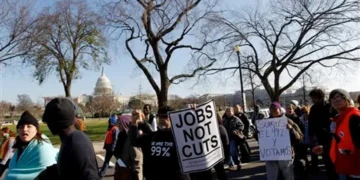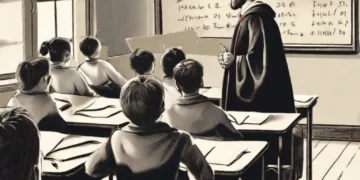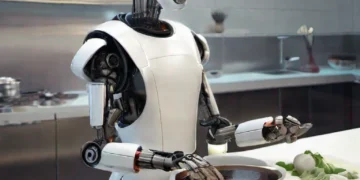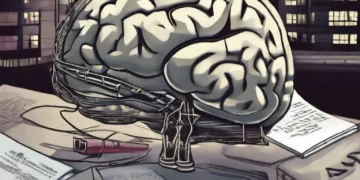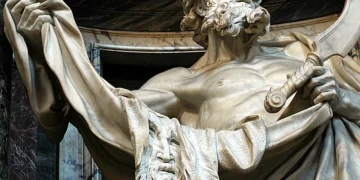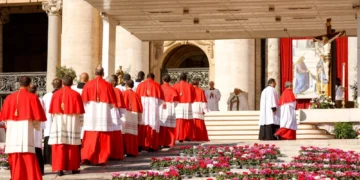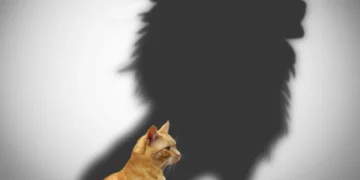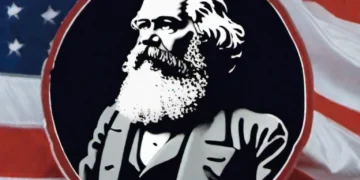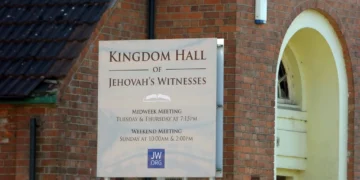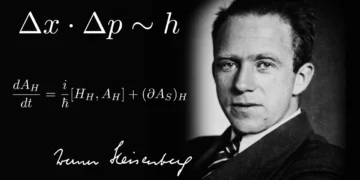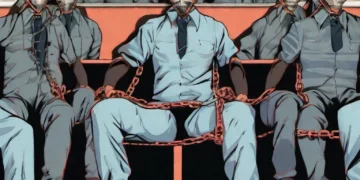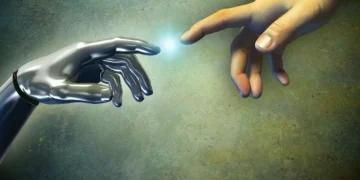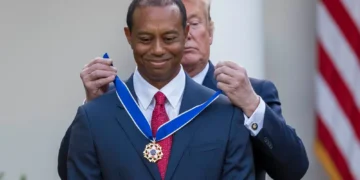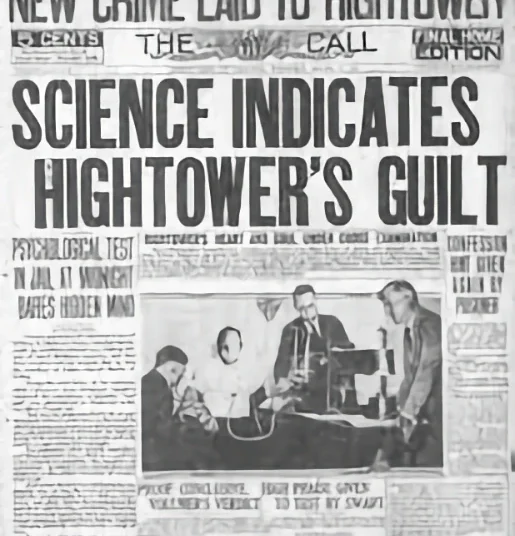San Francisco, 1923 – In a twist that would send shockwaves through the criminal justice system, William Hightower, an unassuming man with an otherwise clean record, found himself at the center of a gripping murder case. The victim, well-respected priest Patrick Heslin, met his tragic end, forever changing the lives of those involved and paving the way for the introduction of a groundbreaking forensic tool – the lie detector test.
William Hightower, born in 1878, led an unremarkable life until the incident that would forever stain his name. Described by acquaintances as an introverted and reserved individual, the 45-year-old Hightower rarely drew attention to himself. It was this very anonymity that made his connection to the crime all the more shocking.
The murder of Father Patrick Heslin, a beloved figure within the San Francisco Catholic community, sent shockwaves through the city. The senseless crime took place on a chilly November evening, when the unsuspecting priest was found lifeless in the sacristy of St. Francis Church. His body bore signs of a struggle, indicative of a violent altercation.
As investigators delved into the case, they soon became aware of Hightower’s proximity to the crime scene. Witnesses recalled seeing him near the church around the time of the murder, inadvertently casting suspicion upon him. This revelation proved pivotal in directing the authorities’ attention towards Hightower, leading them to initiate a thorough investigation to ascertain his involvement.
It was during the course of this investigation that an innovative tool, pioneered by Dr. John Augustus Larson, came into play. Dr. Larson, a pioneer in the field of physiological psychology, had recently developed the lie detector test, a machine capable of monitoring vital signs and detecting physiological changes associated with deception. Curious about its potential application in criminal investigations, the authorities decided to subject Hightower to this newfangled contraption.
The event marked the first time the lie detector test was employed in a criminal case. As the machine buzzed and whirred, the onlookers held their breath, anxiously awaiting the results that would shape the future of forensic science. Hightower’s pulse rate, blood pressure, and respiration were meticulously monitored, with the uprising technology promising to expose his innermost thoughts and intentions.
To the astonishment of many, the results appeared far from conclusive. While fluctuations in Hightower’s physiological responses were observed during questioning, the lie detector test fell short of providing irrefutable evidence to implicate or exonerate the accused. Nonetheless, it was the first time in history that such a test had been used in a court of law, and its mere application resonated with both the legal fraternity and the wider public.
In the absence of concrete evidence, the prosecution relied heavily on circumstantial testimony and Hightower’s suspicious behavior to build their case. Witnesses spoke of Hightower’s erratic demeanor in the days following the murder, coupled with testimony suggesting a prior animosity between himself and Father Heslin. The defense, however, argued vehemently against these claims, citing a lack of direct evidence and the unreliability of the lie detector test.
Following a highly publicized trial, the jury delivered a verdict that found Hightower guilty of murdering Patrick Heslin. The case marked a landmark moment in legal history, with Hightower becoming the first person ever to be convicted primarily on the basis of failing a lie detector test. The trial sparked debates around the admissibility and accuracy of this new forensic tool, igniting discussions that reverberated through the legal community for years to come.
As William Hightower was led away from the courtroom to face the consequences of his actions, the case of the San Francisco priest’s murder etched itself firmly into the annals of criminal justice. The story of this groundbreaking trial would forever serve as a reminder of the quest for truth, the evolving nature of forensic science, and the boundaries of justice.
Note: While the details of this narrative are based on historical events, please be aware that specific facts or interpretations may have been altered for dramatic effect.
